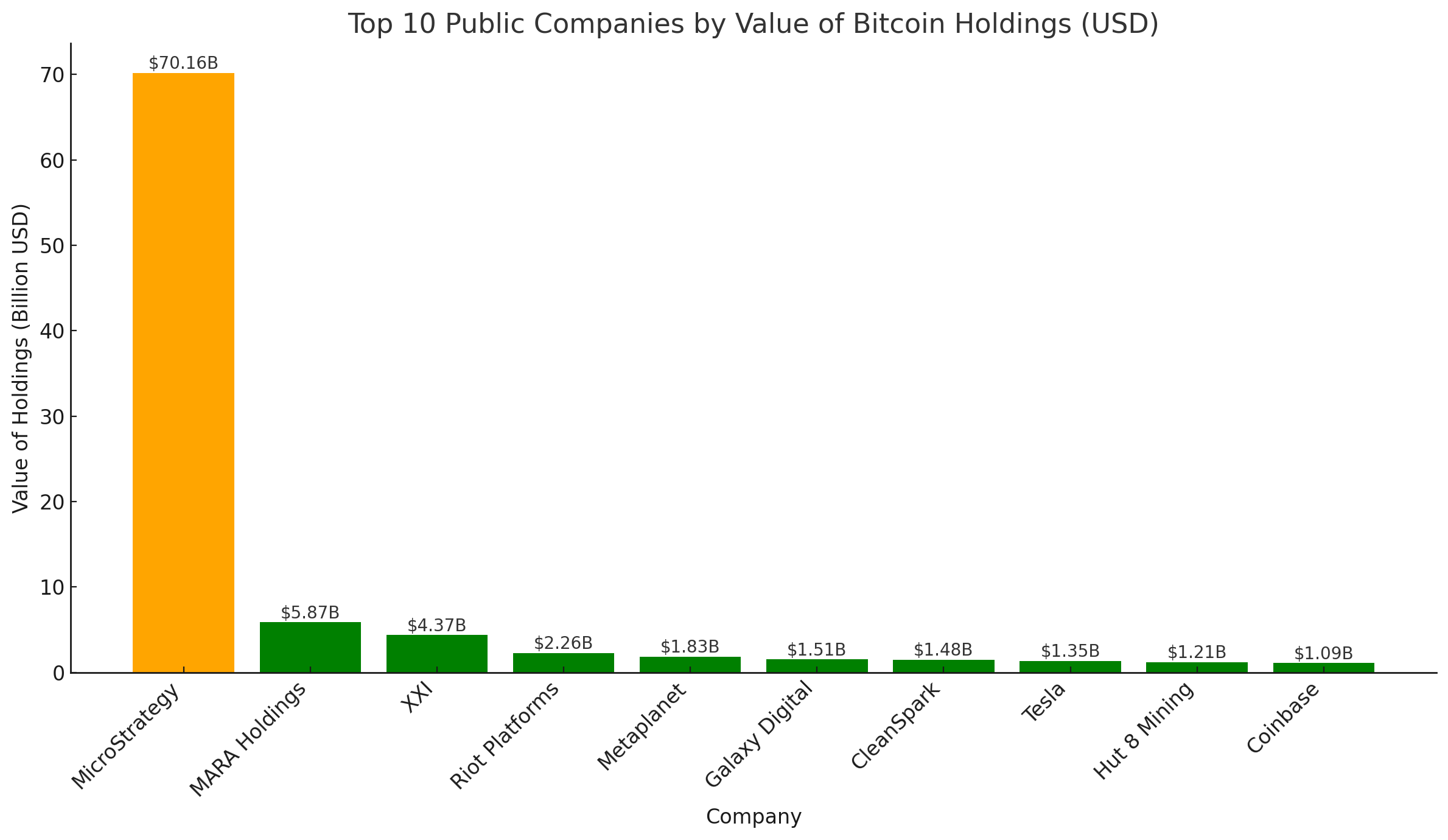
Last
month’s
FCC
vote
to
restore
net
neutrality
rules
is
a
welcome
example
of
forward-looking,
innovation-friendly
regulation.
Rules
aimed
at
ensuring
an
open
internet
are
a
model
for
the
kind
of
regulation
that
champions
innovation
in
the
digital
era
and
exemplifies
core
American
values.
Other
regulators
would
do
well
to
take
note.
Opponents
of
net
neutrality
like
to
argue
that
rules
guaranteeing
equal
access
aren’t
necessary
(go
back
and
watch
John
Oliver’s
reports
for
an
excellent
refresher).
They
claim
the
old
rules
were
perfectly
suited
for
oversight
of
the
modern
internet,
even
though
those
rules
were
written
for
old-school
telephone
service.
Sarah
Aberg
is
the
General
Counsel
at
Nova
Labs,
a
pioneer
in
decentralized
wireless
networks
and
the
creators
of
Helium
Mobile.
While
some
regulators
seem
stuck
in
the
1930s
and
40s
(sound
familiar?),
the
FCC
is
showing
that
it
understands
that
21st
century
technologies
require
21st
century
regulations.
The
FCC’s
net
neutrality
rule
encourages
innovation
opportunities
here
in
the
U.S.
because
it
means
new
technologies,
applications,
and
services
–
some
running
on
blockchain,
some
not
–
can
join
the
marketplace
and
participate
in
fair
competition
for
consumer
attention.
It
wasn’t
always
the
case
that
you
could
choose
your
own
phone,
or
design
and
run
new
applications
on
the
nation’s
telecom
network.
Before
1968,
only
a
Western
Electric
phone
could
be
plugged
into
a
phone
line
because
the
incumbents
argued
that
other
devices
could
damage
the
network.
It
would
be
almost
another
20
years
before
the
government
forced
incumbents
to
open
the
network
to
competitive
providers.
The
development
of
packet-switching
protocols
–
like
TCP/IP,
which
makes
the
modern
Internet
possible
–
took
this
evolution
a
giant
step
further.
Today,
a
voice
call
is
just
a
set
of
data
packets
that
the
network
is
tasked
with
delivering
from
the
device
where
it
originates
to
the
device
where
it
terminates.
Same
for
a
web
page,
a
YouTube
video
or
a
ChatGPT
session.
These
are
all
just
packets
of
data
that
travel
over
the
network.
And
net
neutrality
says
that
the
network
providers
can’t
discriminate
by
prioritizing
sending
data
packets
from
some
commercial
providers
over
others.
This
principle
has
made
possible
a
long
list
of
home-grown
internet
applications
that
live
at
the
endpoints
and
run
on
the
network.
Many,
like
YouTube
and
Netflix,
or
Zoom
and
Facetime,
are
core
components
of
American
(and
global)
social
and
work
life.
Without
net
neutrality
regulations,
network
providers
could
have
stopped
Zoom
or
Facetime
from
ever
coming
into
being,
favor
their
own
services
over
any
potential
new
entrants,
and
pick
and
choose
who
they
compete
with,
if
you
can
even
call
that
competition.
Fair
regulations
create
a
sandbox
for
creative
ideas
to
flourish
and
test
themselves
in
the
market.
Blockchain-based
solutions
are
ripe
for
creative
innovation
designed
on
the
modern
internet
and
with
the
potential
to
change
much
more
than
modern
finance.
But
we
need
fair,
clear,
and
smart
regulations
to
do
so
in
the
US.
That’s
what
net
neutrality
does
for
innovators
seeking
to
operate
on
the
network.
Think
about
generative
AI
or
the
blockchain-enabled
affordable
phone
service
offered
by
my
company,
Helium
Mobile.
Capabilities
like
these
are
the
champions
–
and
consequence
–
of
the
original
intent
of
the
Internet
and
net
neutrality
principles.
Open
access
to
the
network
is
critical
for
their
development
and
healthy
competition.
Net
neutrality
guardrails
protect
new
competitors
like
Helium
Mobile
from
unfair
network
practices.
Helium’s
decentralized
system
of
internet-connected
hotspots
creates
a
new
dynamic
network
for
wireless
connectivity
that
challenges
conventional
wisdom
about
how
phone
networks
are
built
and
owned.
Net
neutrality
makes
it
possible
for
us
to
innovate
and
compete
in
the
wireless
space
with
some
of
the
most
powerful
companies
in
the
world,
including
some
of
the
network
providers
themselves.
Decentralized
ownership
of
public
infrastructure
networks
(DePIN)
through
token
rewards
for
building
and
maintaining
the
network
are
among
the
myriad
innovations
made
possible
by
blockchain.
In
our
case,
that’s
wireless
communications.
DePIN
is
uniquely
situated
to
solve
sticky
problems
like
providing
sustainable
connectivity
to
rural
and
underserved
communities,
by
empowering
the
members
of
those
communities
to
create
their
own
wireless
infrastructure,
tailored
to
their
own
use.
However,
the
mere
fact
that
DePIN
involves
blockchain
and
tokens
has
swamped
it
in
a
morass
of
regulatory
uncertainty
created
by
the
enforcement-first
approach
taken
by
some
other
federal
agencies.
That
uncertainty
stifles
competition,
stifles
innovation
in
America,
and
stifles
opportunity
for
consumers.
The
FCC
has
provided
a
model
for
what
a
smart
regulatory
approach
looks
like.
By
accounting
for
the
evolution
and
development
of
the
industry
and
markets
it
regulates,
the
regulator’s
approach
enhances
the
scale
and
scope
of
future
innovation
as
much
as
possible
consistent
with
essential
protections
for
consumers
and
critical
infrastructure.
Mirroring
the
FCC’s
approach,
rather
than
raising
the
drawbridge,
regulators
should
engage
with
innovating
DePIN
projects
to
learn
about
the
technology,
innovation
potential,
and
emerging
capabilities
that
can
usher
infrastructure
into
the
digital
era
and
change
the
way
consumers
interact
with
and
own
that
infrastructure.
We
can
simultaneously
protect
consumers
from
undue
harm
and
make
possible
the
kinds
of
innovations
that
will
give
consumers
choice
in
the
market.
That
philosophy
is
one
that
will
benefit
U.S.
consumers,
society,
and
the
economy
in
the
next
phase
of
the
digital
era.


